The life and death of Anna Geldi, the last witch from Switzerland
By Pictolic https://pictolic.com/article/the-life-and-death-of-anna-geldi-the-last-witch-from-switzerland.htmlWitch hunts claimed the lives of thousands of women-young and old-between the 14th and 18th centuries. Mass hysteria over witchcraft has spread across Europe, the UK and the US. Denunciations rained down like a cornucopia: on neighbors, relatives, their own spouses. By the eighteenth century, with the advent of the Enlightenment, the witch hunt was on the decline. The last woman in Europe to be executed on charges of witchcraft was Anna Geldi. And today, a whole museum is dedicated to her.
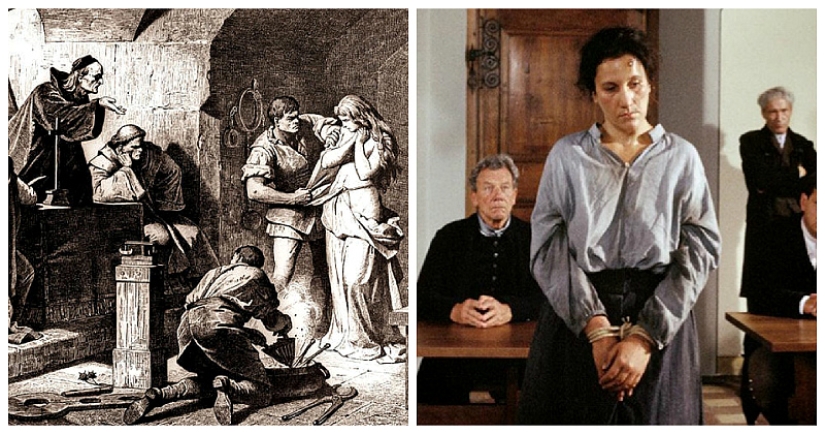
Anna was born in 1734 in a place called Sennwald, in Switzerland. Historians know very little about her early life, and this is understandable — no one was interested in the biography of an unremarkable girl from a poor family. It is known that from an early age, Anna began working as a maid in the village to earn at least some money.
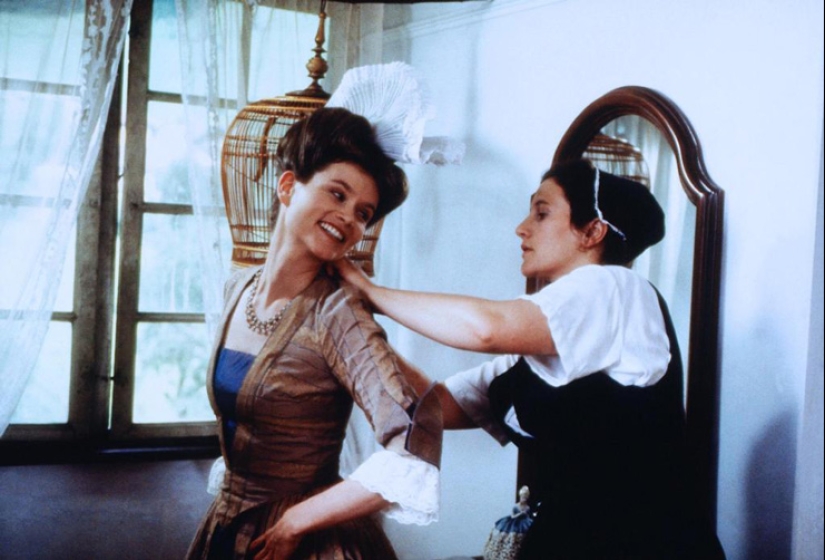
Being unmarried, she became pregnant by a visiting soldier, but the child died before she had lived a day. For that time, it was common — infant mortality was high. In addition, it is unlikely that Anna could afford a hearty meal, hygiene and rest during pregnancy. But the authorities accused Geldi of killing her own baby. However, this could not be without meaning — women now and then got rid of children born out of wedlock, bringing them out in the cold. Anna was sentenced to the pillory and six years of house arrest. Obviously, for Geldi, this would mean death — the inability to leave the house and earn money would inevitably lead the woman to starvation.
Anna fled to Glarus. There she got a job with the Zwicki family. She had given birth to a son by the owner of the house, although, of course, there was no question of getting married.
Finally, at the age of 46, she falls into the family of a doctor and a magistrate, a very respected married man in the city of Jacob Tschudi. Apparently, Anna remained quite an attractive woman, because, according to some accounts, she and Jacob became lovers. There was probably a falling out between them. Suddenly, Jacob accused his maid of putting sharp needles in the milk and bread, because he had seen with his own eyes how his daughter vomited metal objects. However, then everything was limited to dismissal.

Probably angry and offended, Anna threatened her former patron to tell everyone about their relationship, and for Jacob this would be a serious stain on his reputation. Startled, he suddenly announced that his daughter was still spitting needles and convulsing, even though Anna Geldi was no longer in his house. And that means only one thing. Witchcraft.
The authorities of the canton of Glarus initiated a reward for her capture through a publication in the newspaper "Neue Zürcher Zeitung". Anna Geldi was captured in her home. There she hid in the basement, where her relatives hid her. The woman was taken into custody and transported back to the city of Glarus, where she was charged.
From historical documents, we can see how Anna was treated. She was severely tortured and abused.
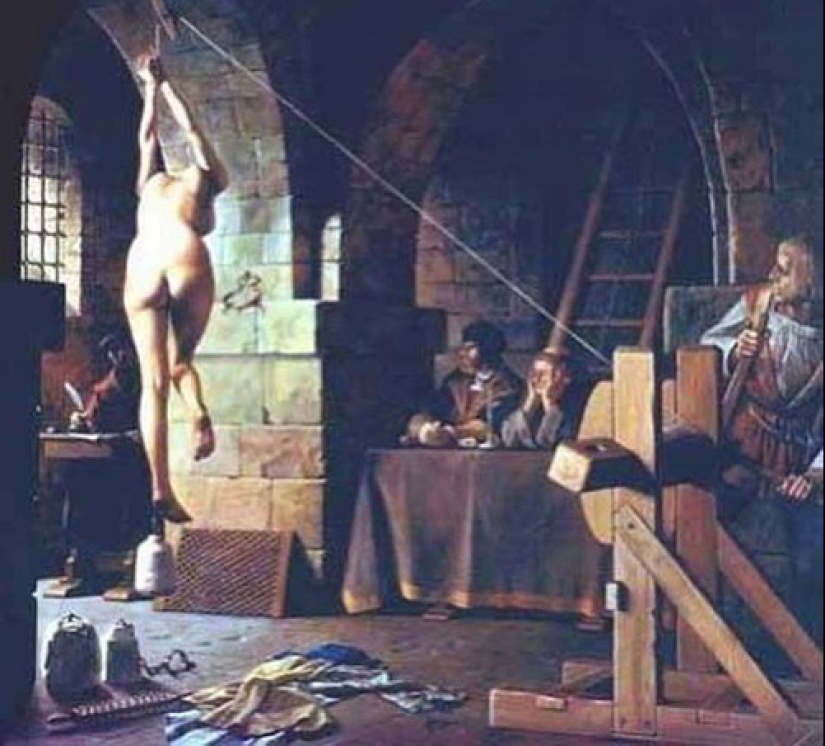
The town of Mollis in the canton of Glarus is home to a museum dedicated to Anna Geldi. Here is an analog of the torture device on which she was tortured. Three times she was dragged up, her hands tied behind her, and, to make it more painful, her feet were tied to a rock. Unable to stand the pain, Anna confessed to the deal with the devil, who appeared to her in the form of a black dog,and signed her own sentence.
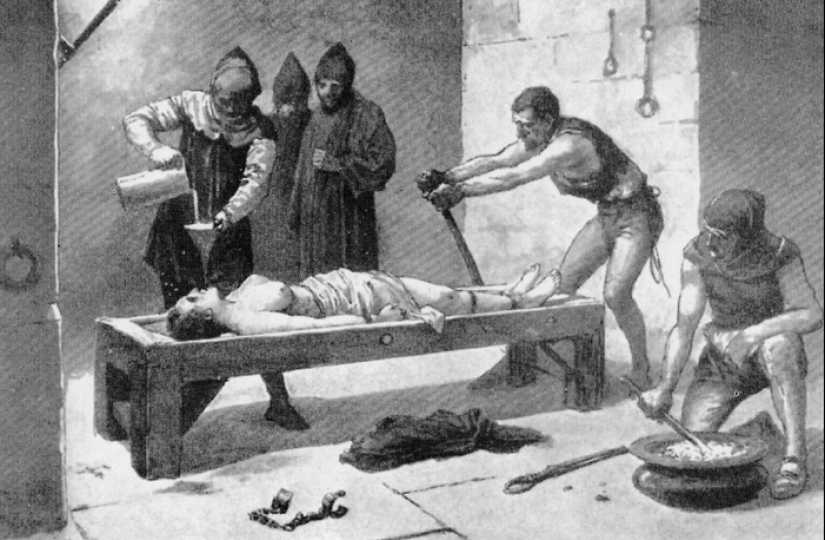
The judges were considered educated pundits, but no one was confused by the fact that what Anna was accused of was simply impossible. Jacob Tschudi was a respectable man who had power and money, while Anna was a simple servant with a dubious reputation.
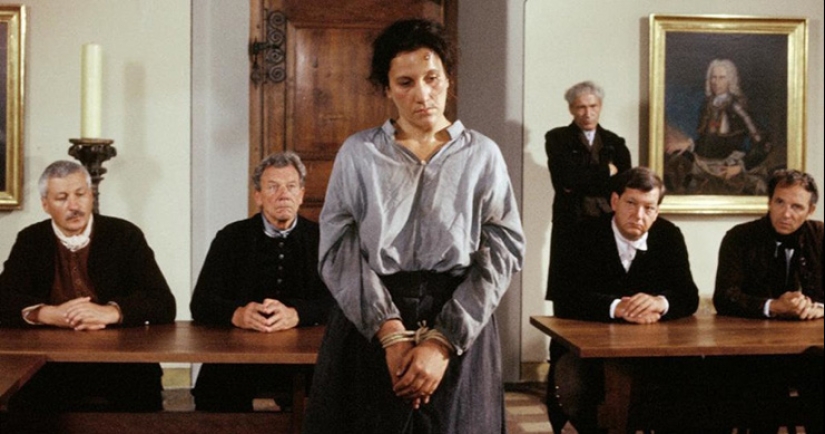
Anna was accused of poisoning and sentenced to death by decapitation. This was a formal accusation, since Geldi was tried as a witch. In addition, according to the law, poisoning that did not lead to anyone's death was not punishable by death.
On 13 June 1782, at the age of 48, Anna Geldi was sentenced to death by the Glarus City Council and beheaded on the same day. Official statements and court records about witchcraft were destroyed immediately after the trial.
Nevertheless, the accusation was considered a witch hunt and caused public outrage throughout Switzerland.
Later, the Swiss Parliament recognized the case of Anna Geldi as a miscarriage of justice. This happened in 2008, after 226 years.
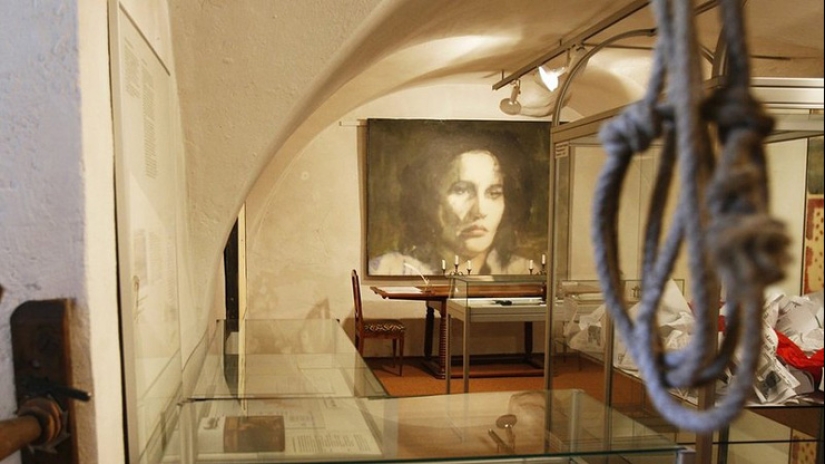
With the help of journalist Walter Hauser, author of several articles and books about Geldi, a museum dedicated to Anna Geldi was opened in 2007 in the town of Mollis in the canton of Glarus.
Keywords: Europe | Court | History | Museum | Switzerland | Hunting | Witch | 18th century
Post News ArticleRecent articles

Treasures are all associated with pirates, robbers and the affairs of bygone days. You will be surprised, but countless treasures ...

It seems that Russia has always been the leader in diamond mining, because there are very few countries in the world that could ...
Related articles

History keeps a lot of interesting pictures of people, events, places that somehow stood out and were remembered. In this ...

Agree, after all, people who have crossed the threshold of youth usually become famous throughout the country or the world. And ...

McDonald's is known to all as a family brand and its restaurants are associated, primarily, with the happy faces of children. But ...

If you have not yet decided what kind of tattoo you want to do, pay attention to these options with the works of the Austrian ...